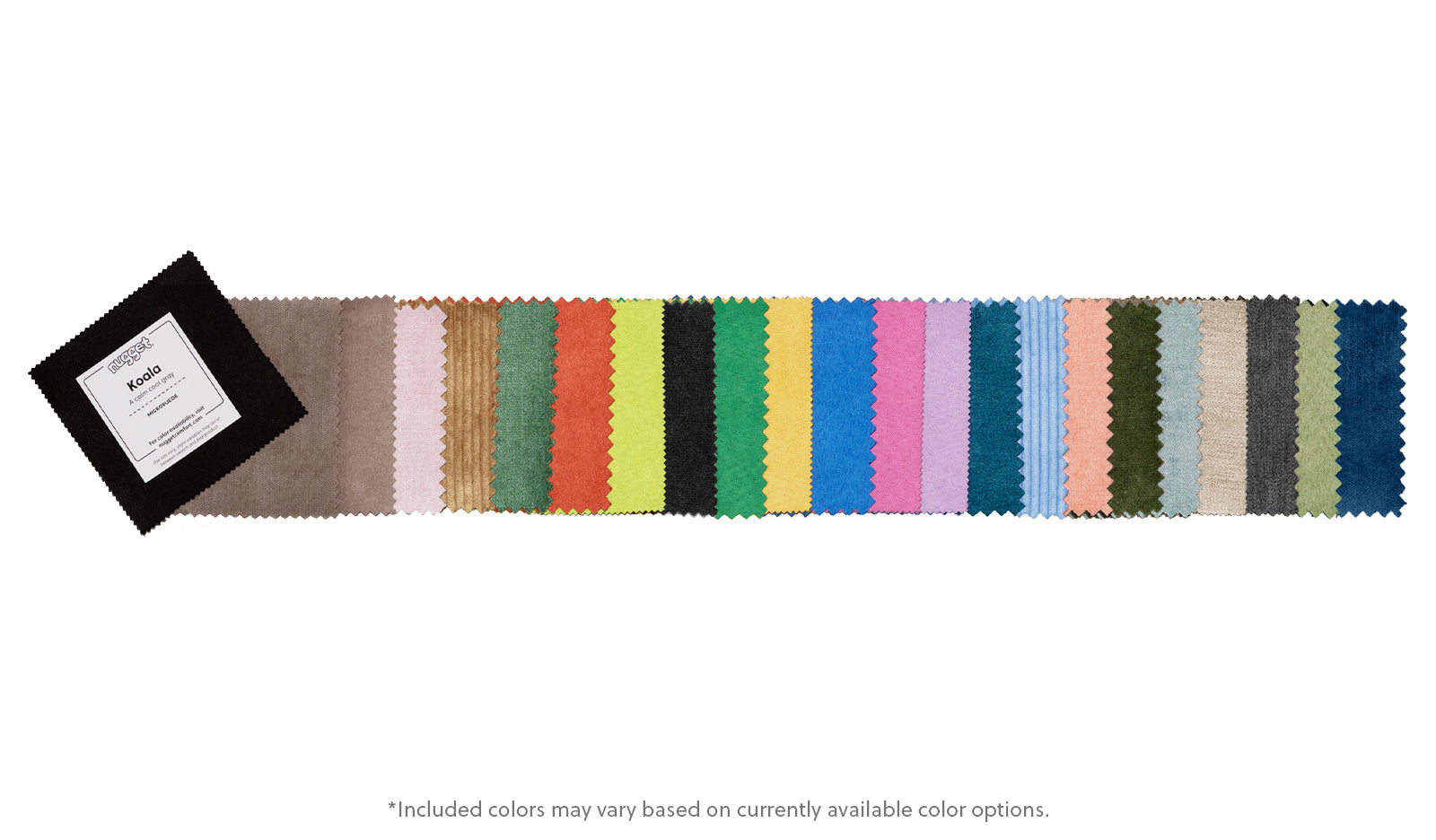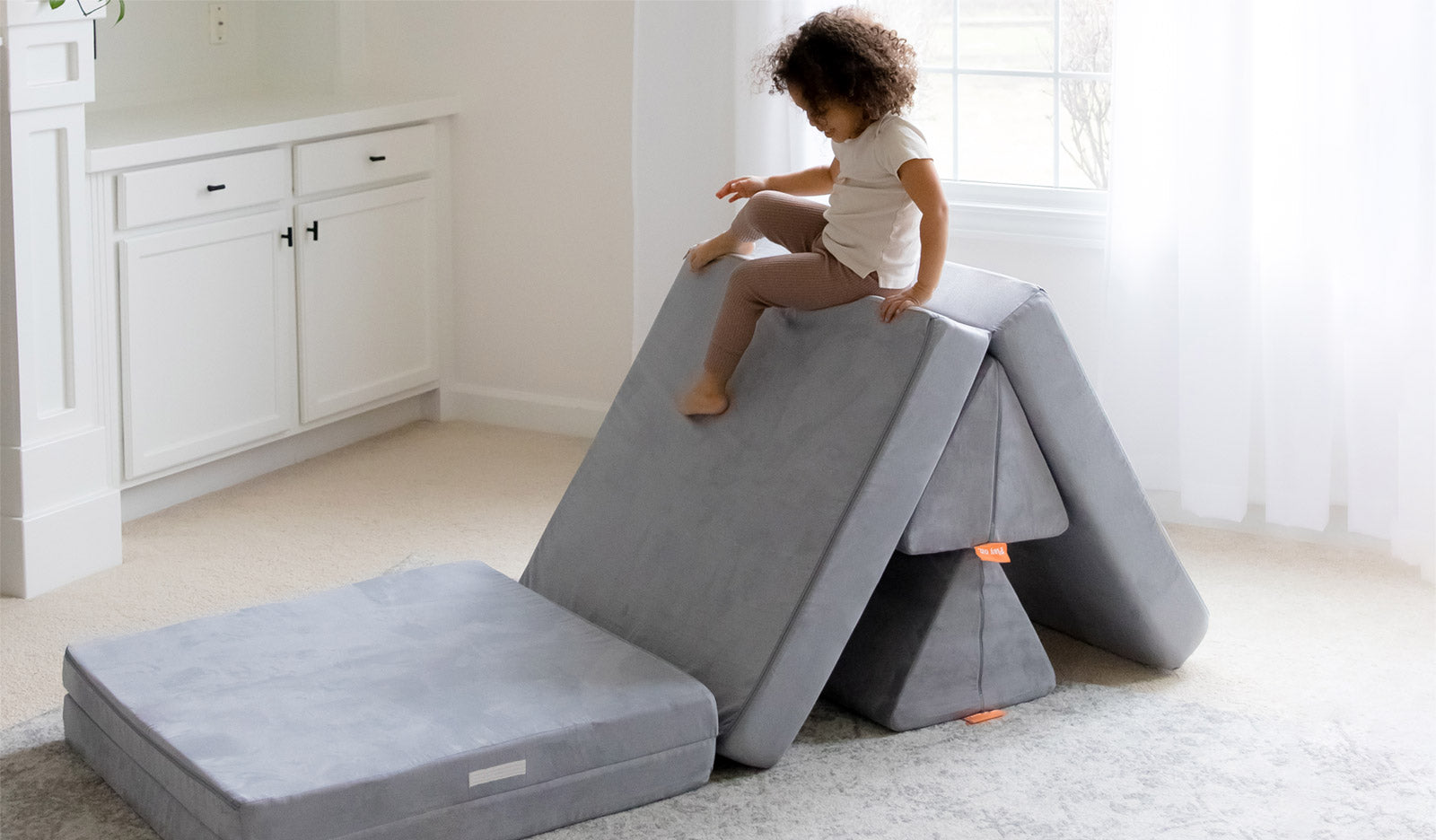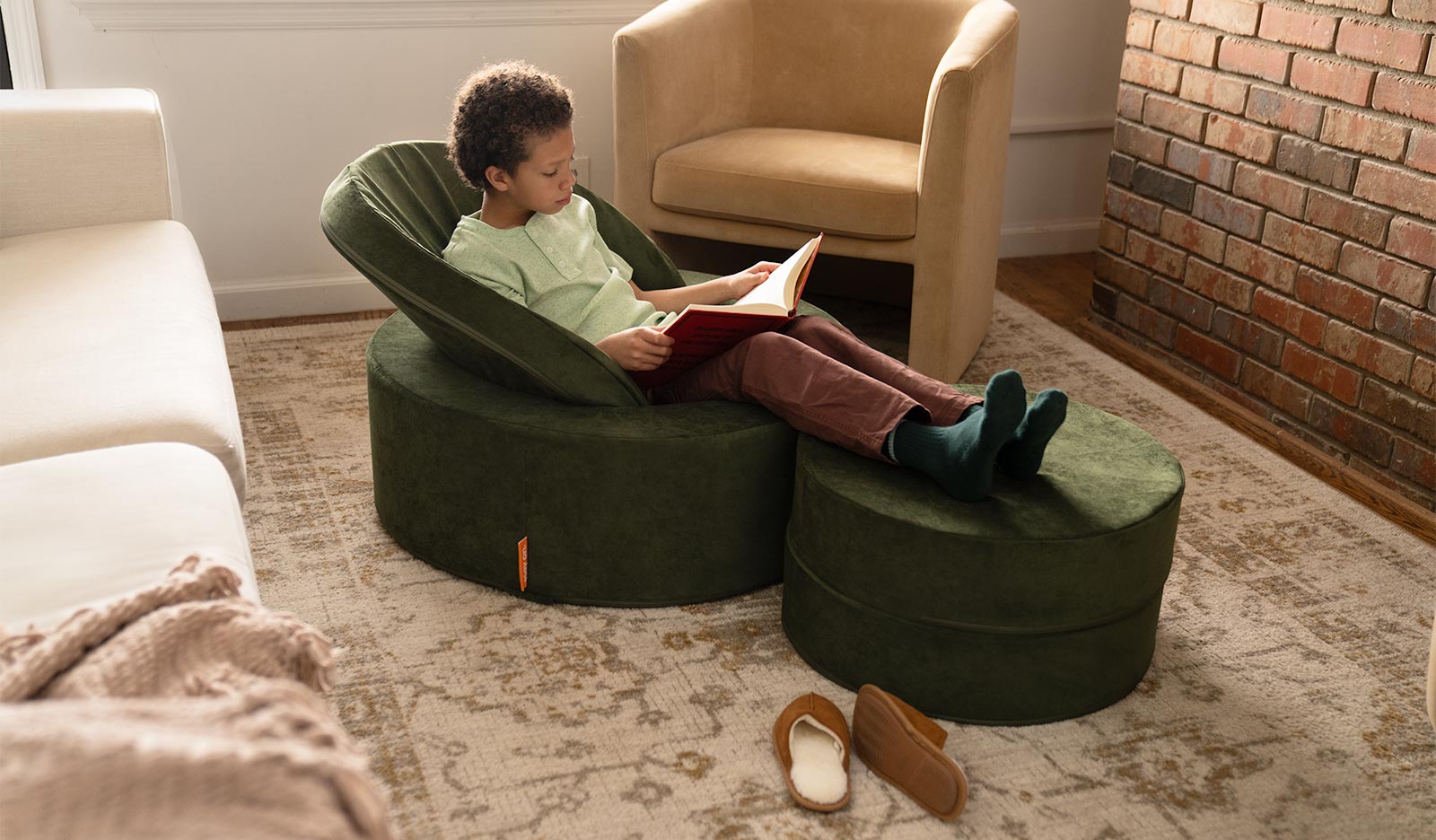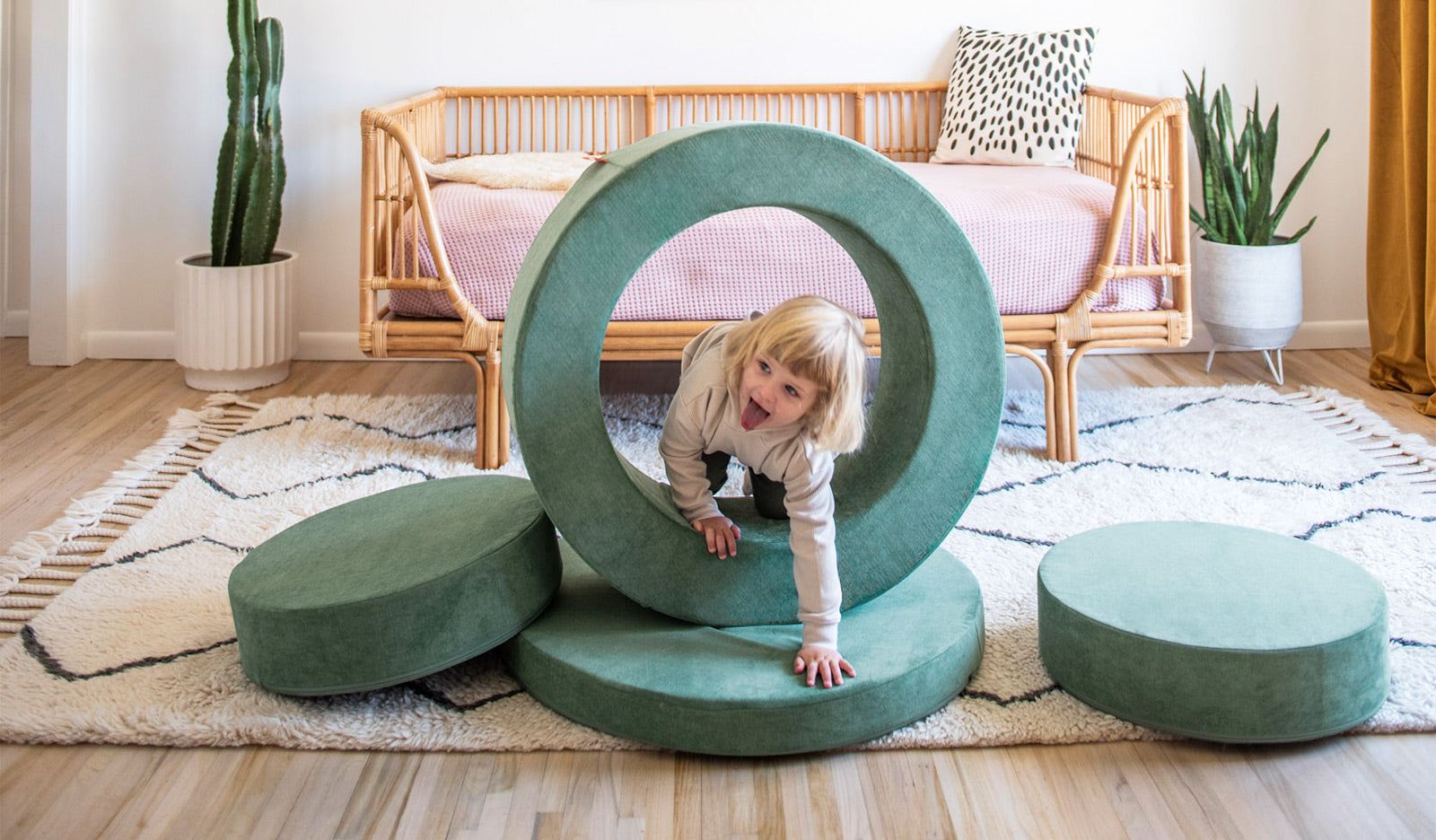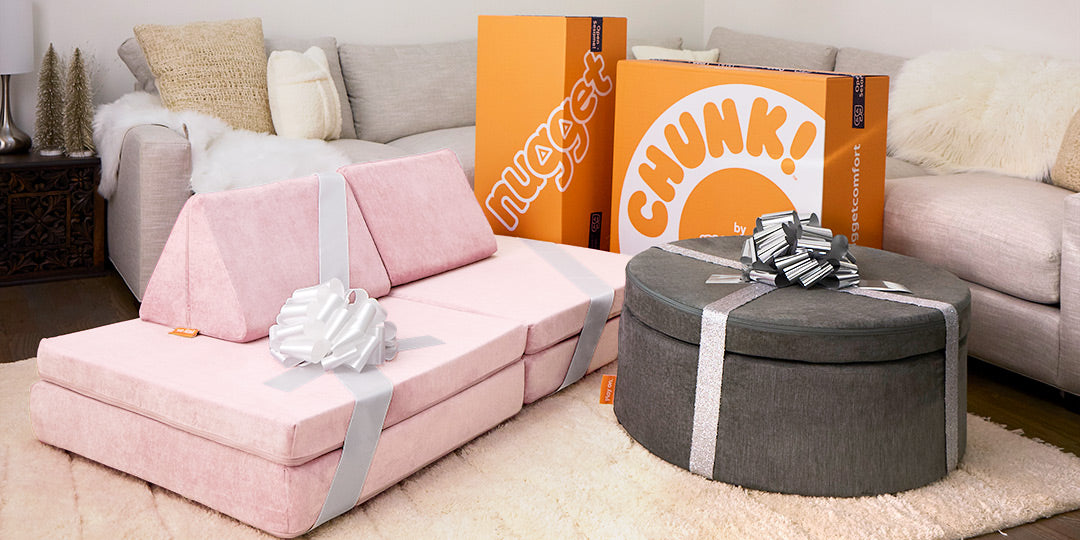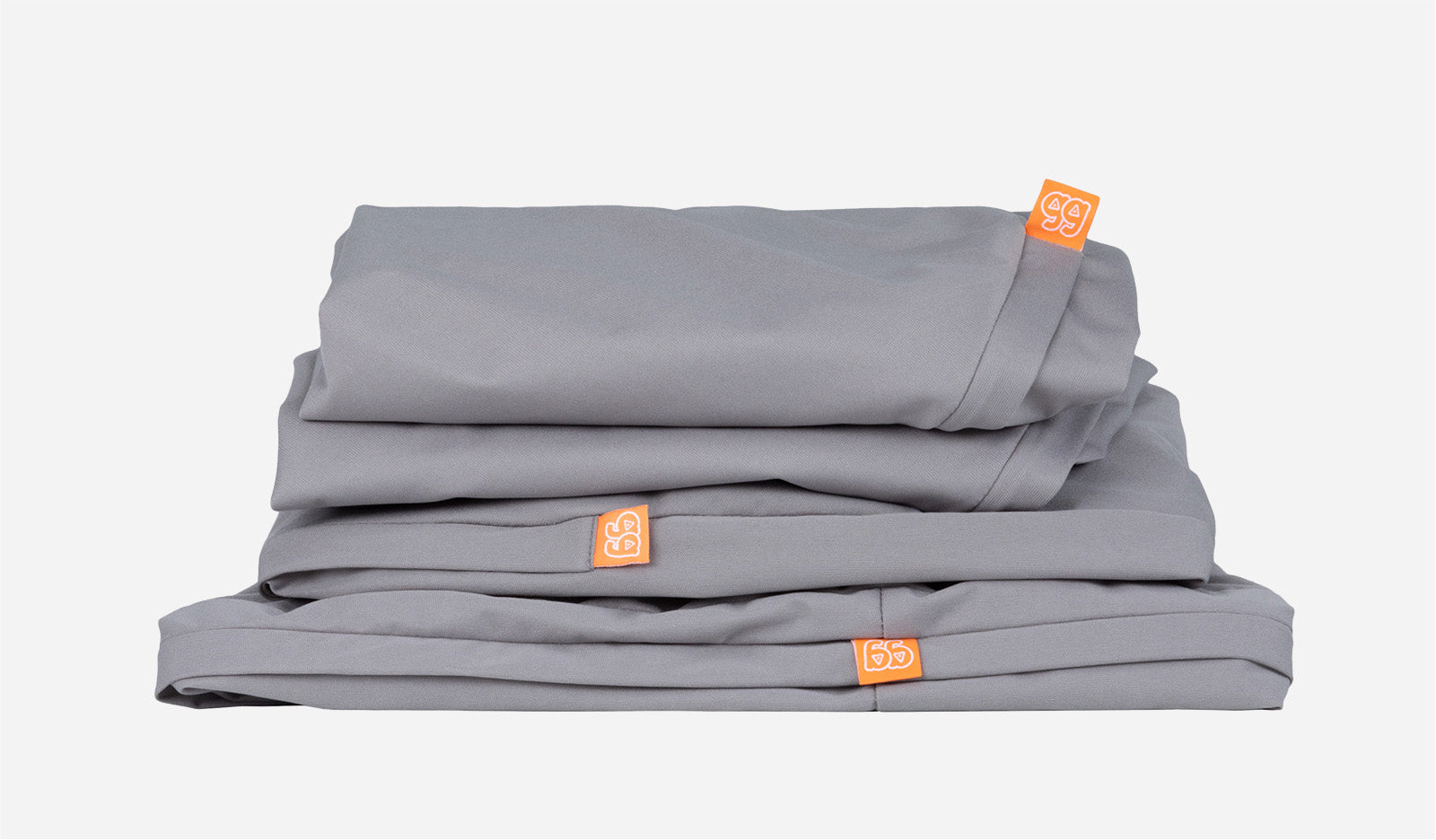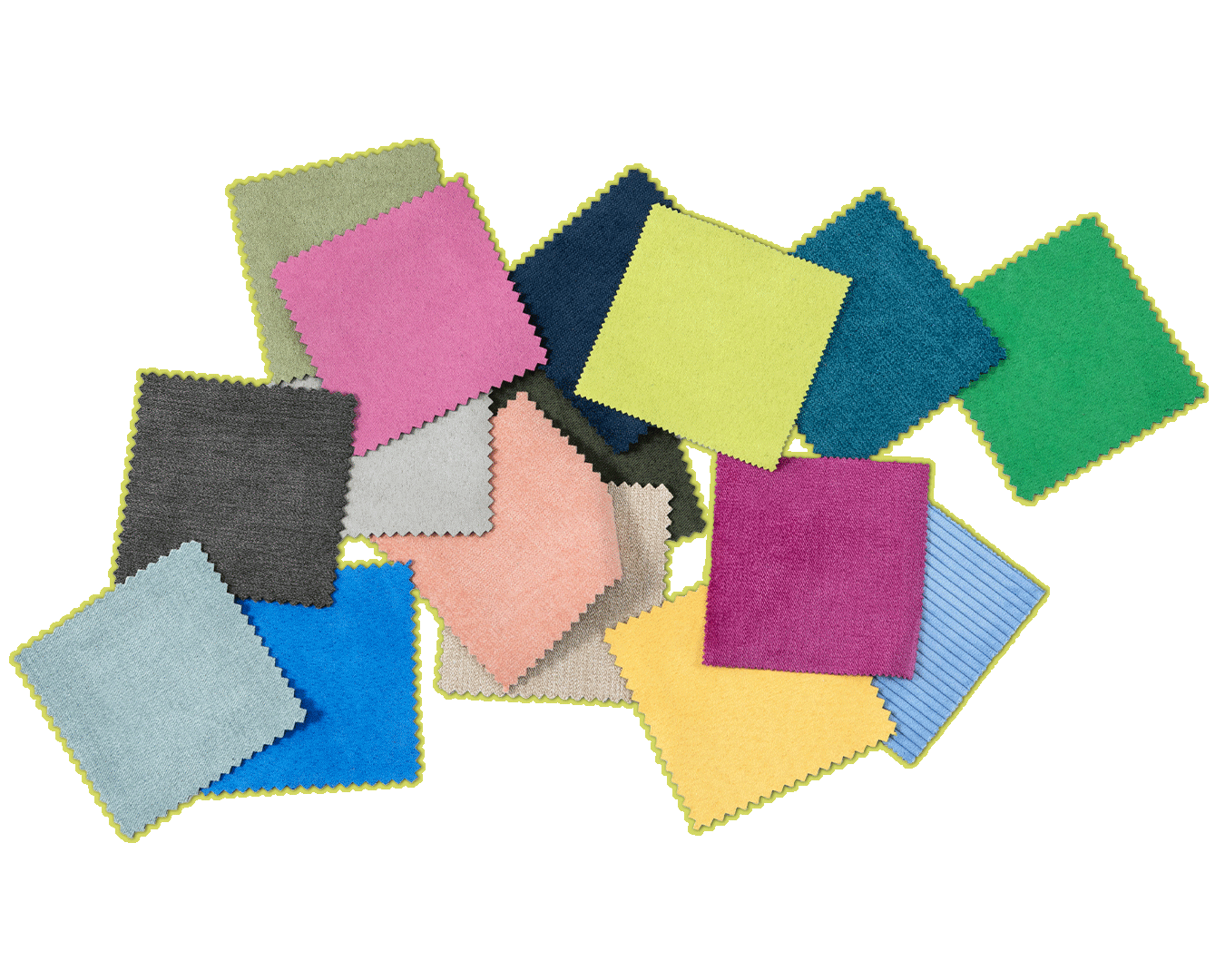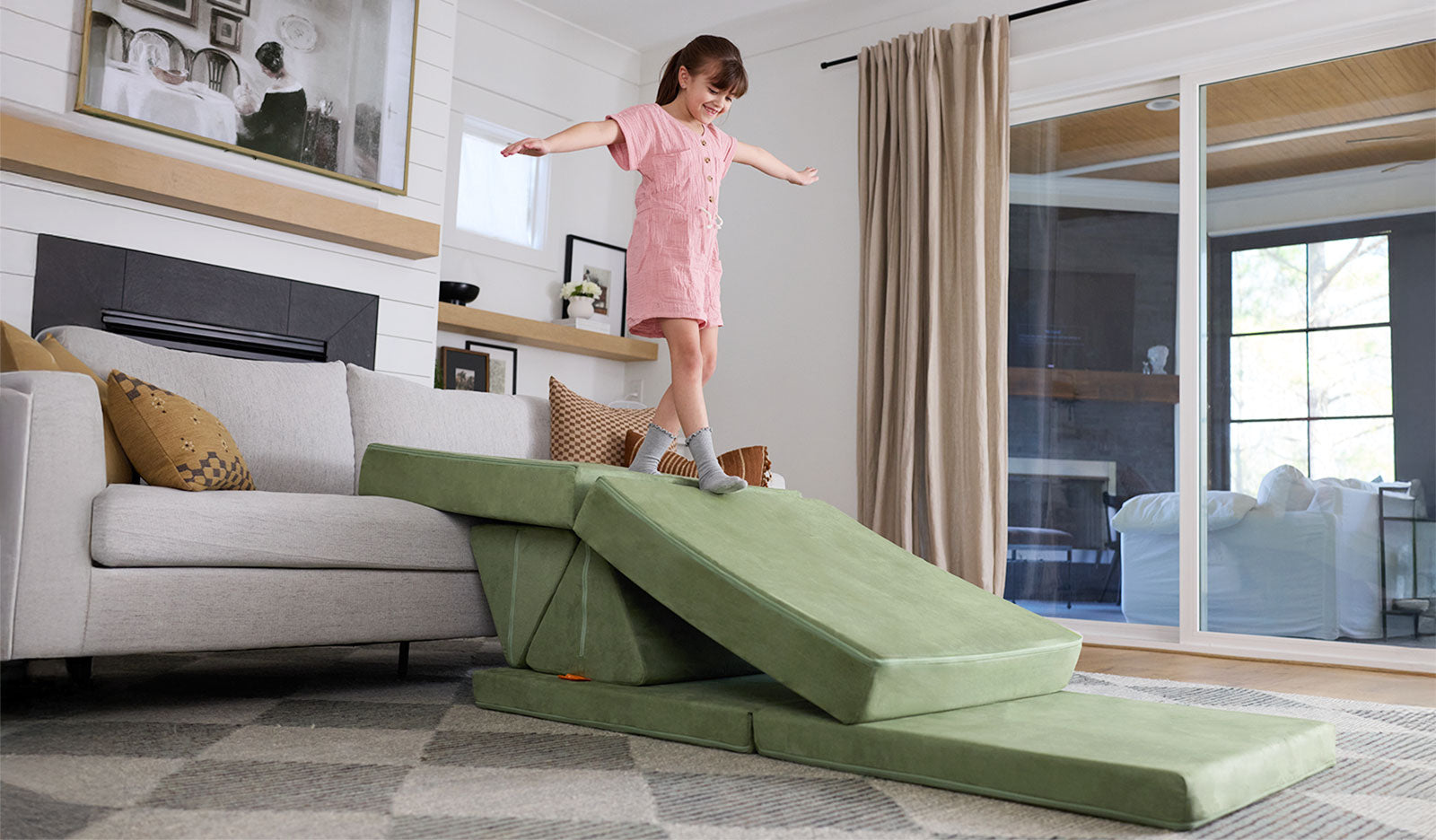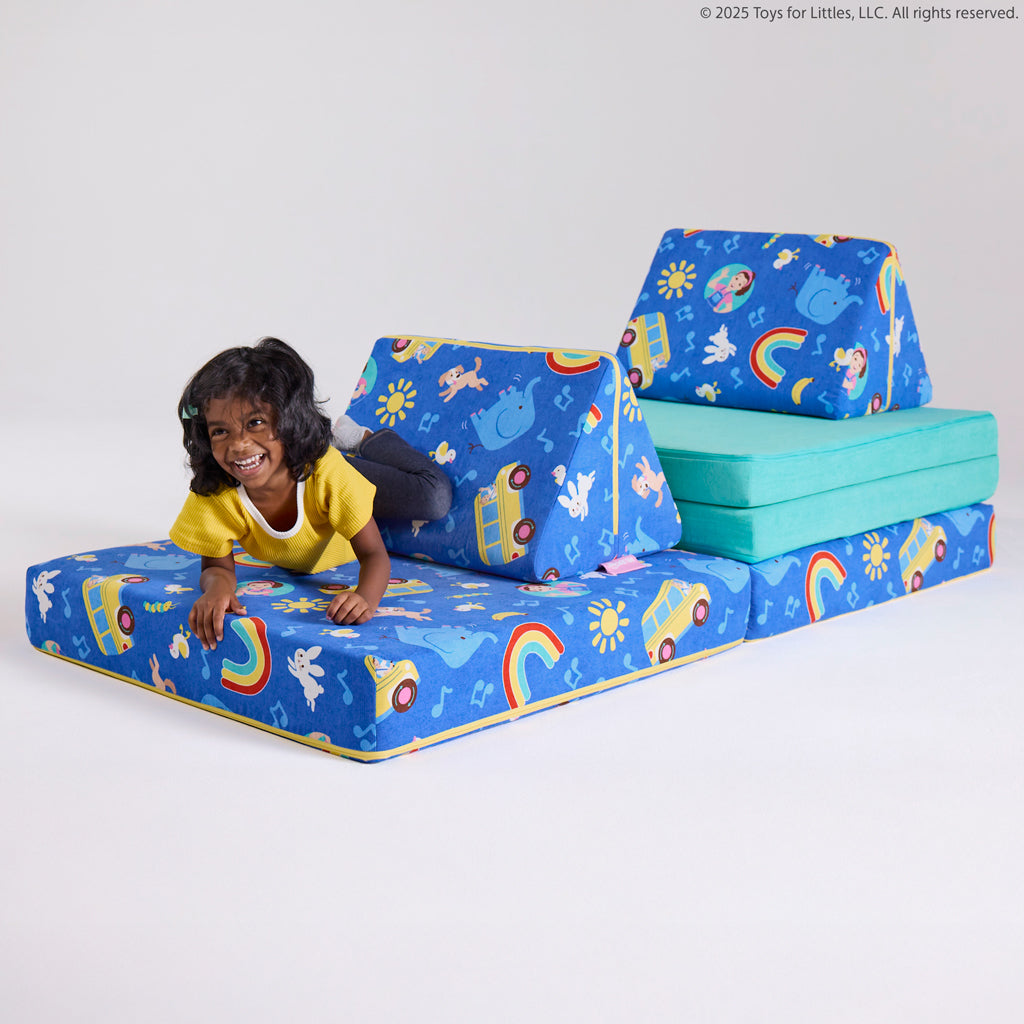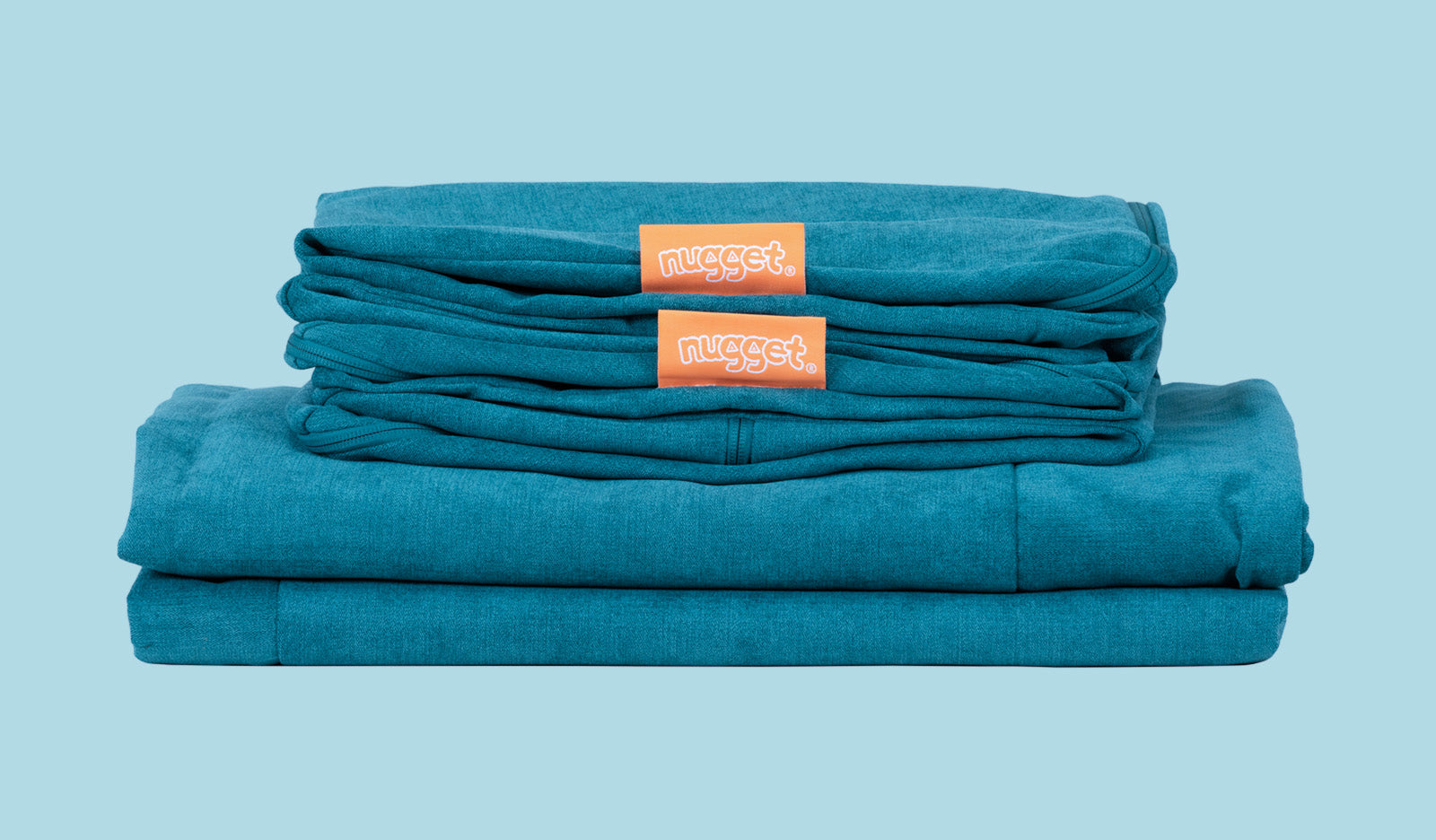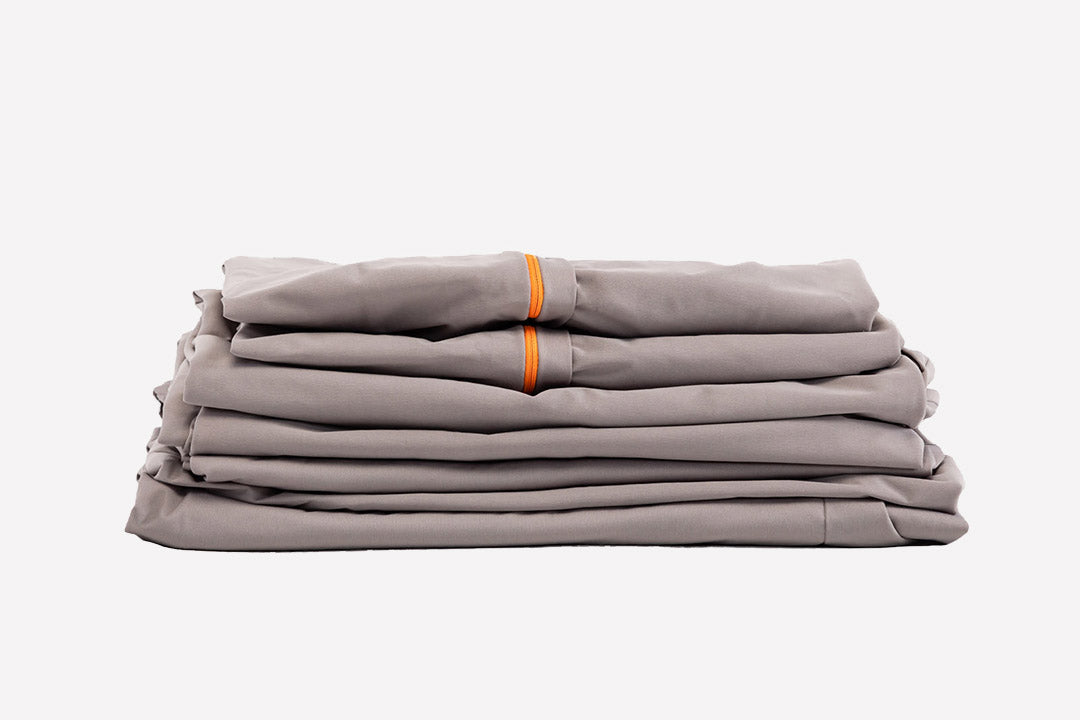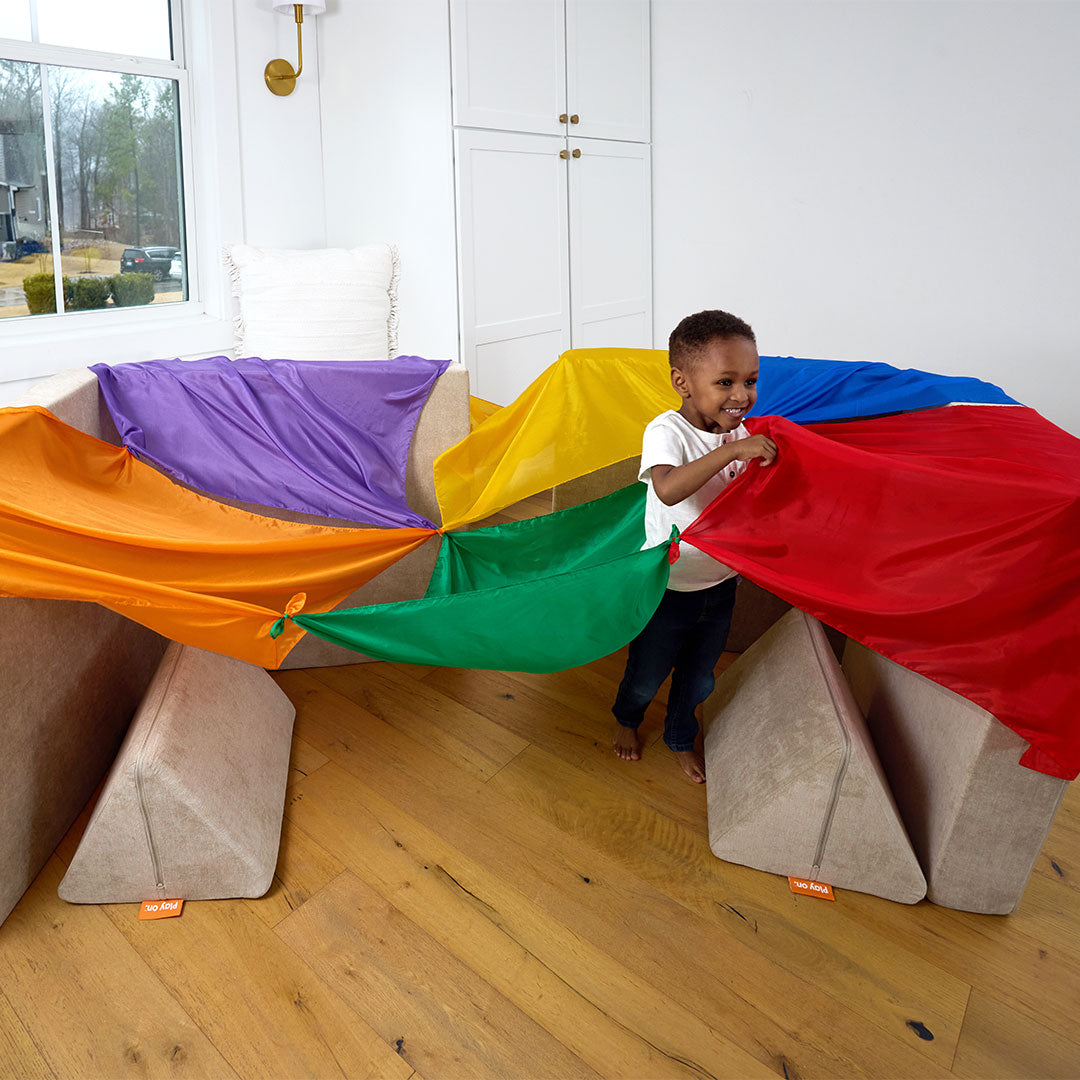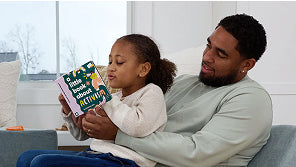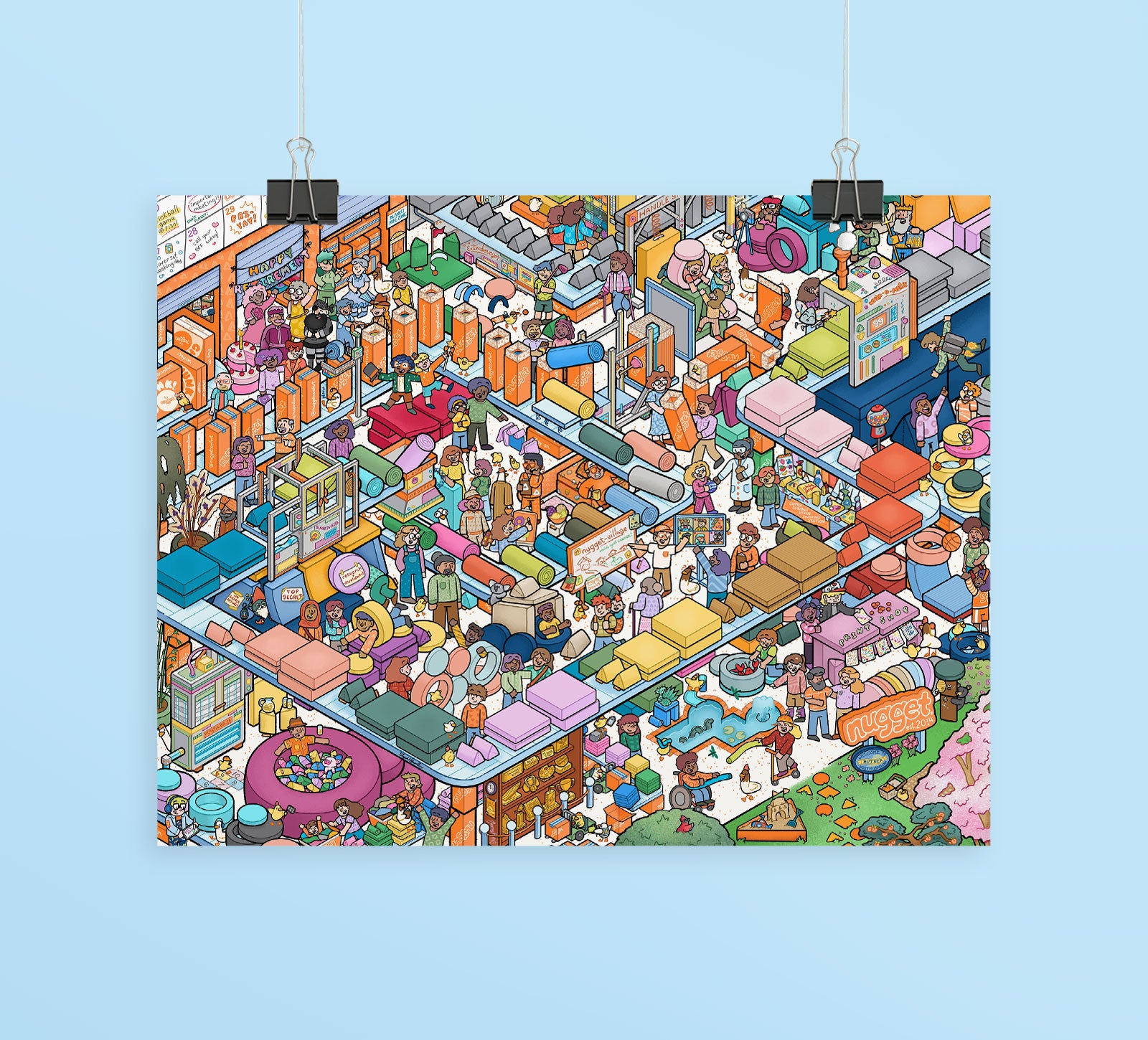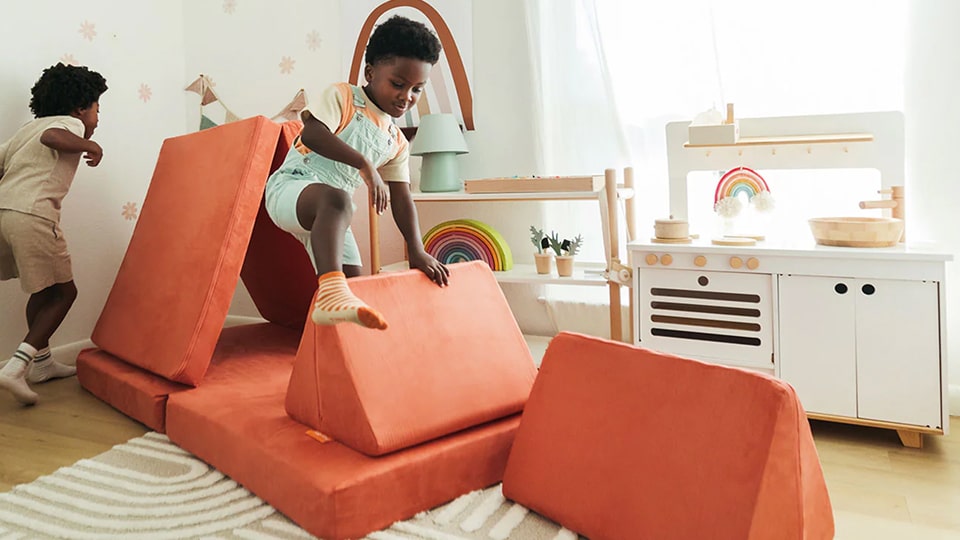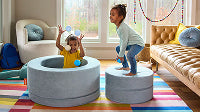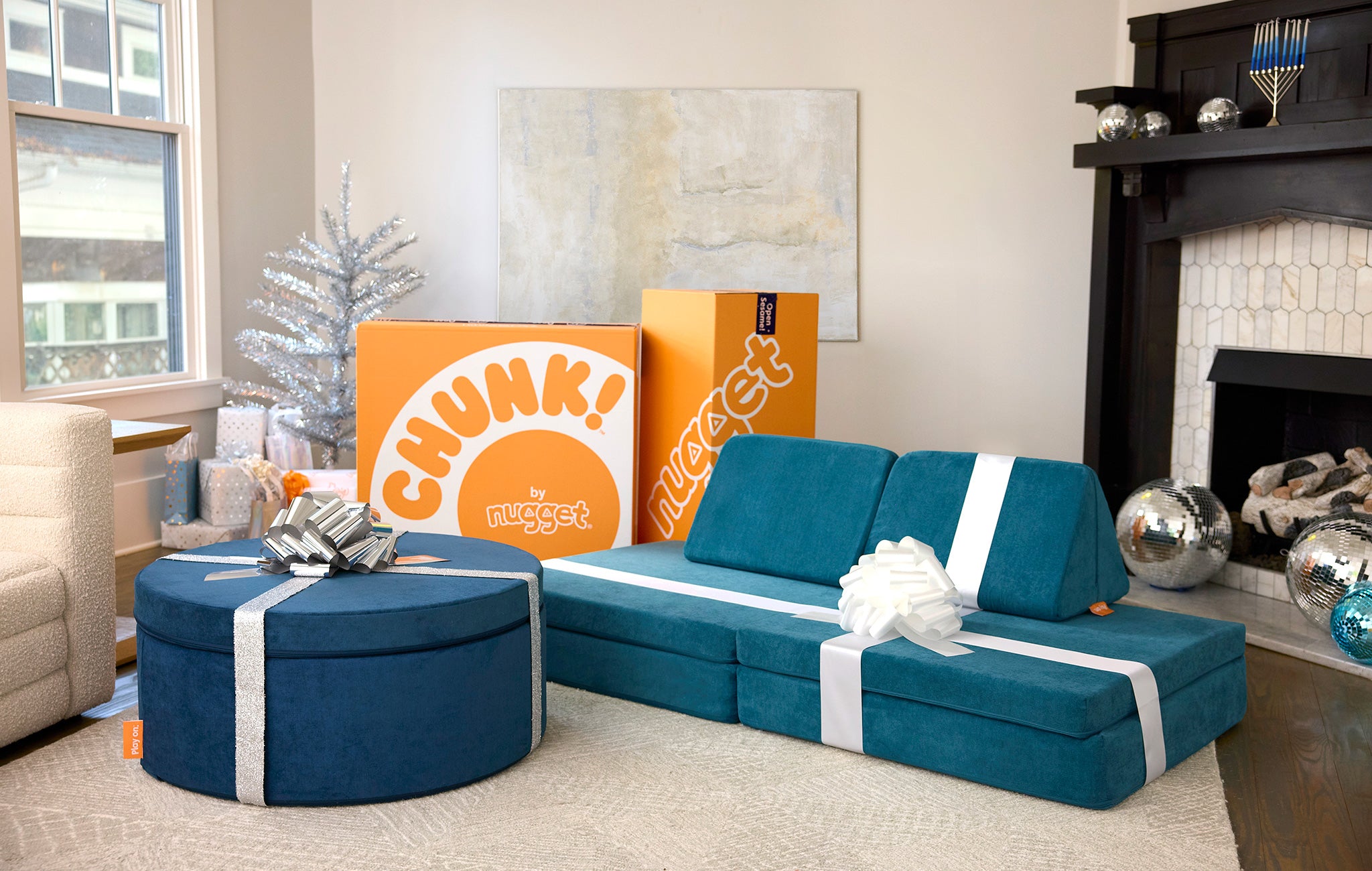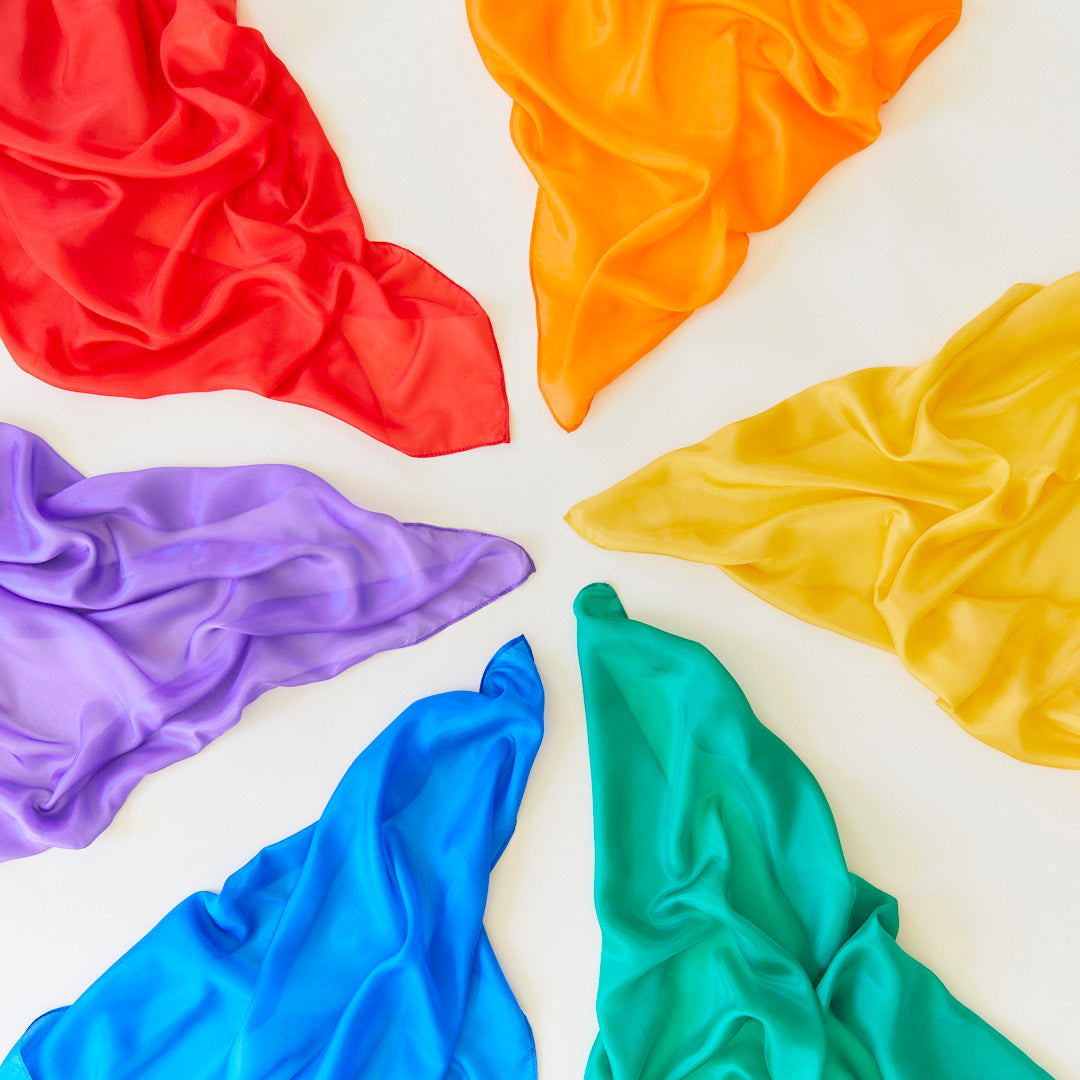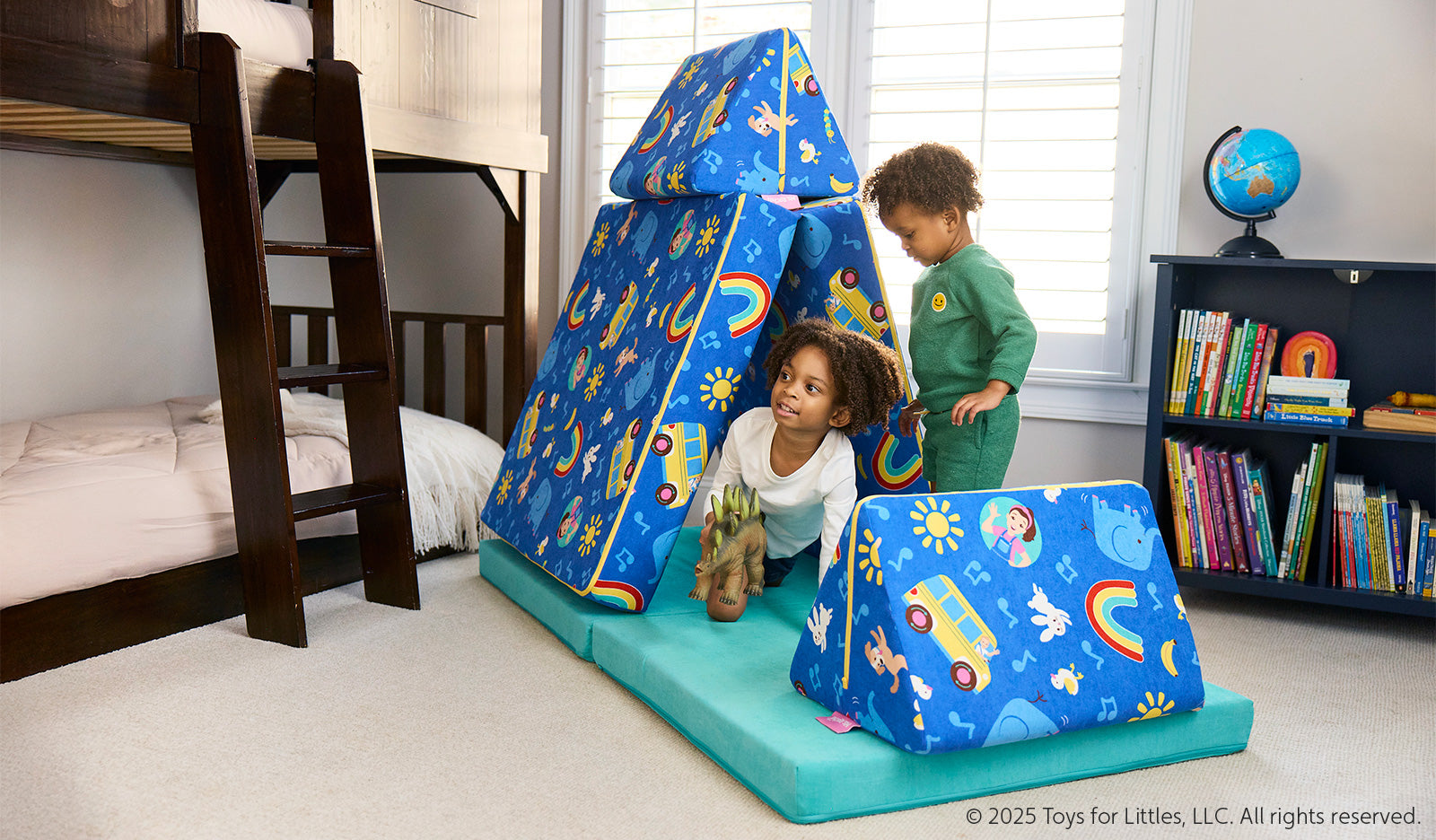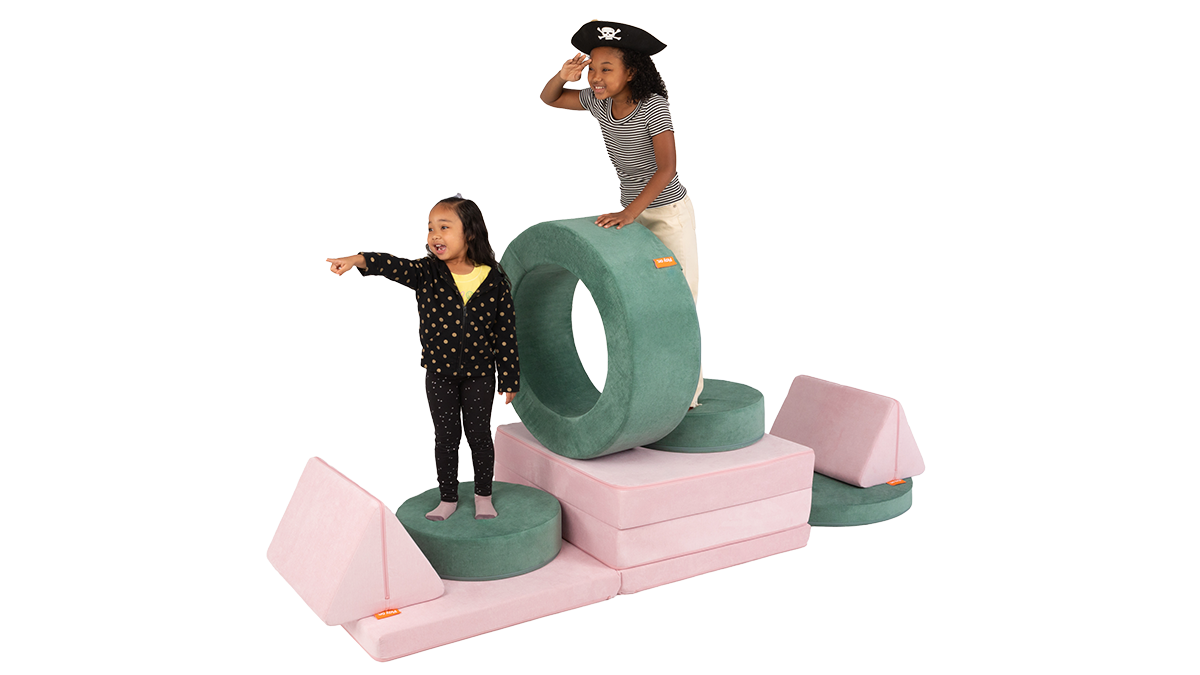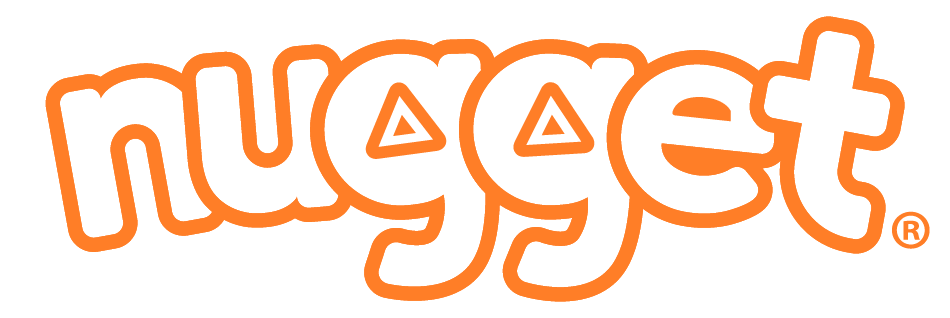How Parents Can Facilitate Play

Content Manager Allie and Dr. Helen Egger connected over Zoom to chat about all things play, from how parents can facilitate play to why it’s important to literally see the world from a child’s perspective every once in a while.
Can you tell us a bit about your work with Little Otter?
Little Otter is a digital platform that provides mental health support for families and children, and is the culmination of my 30 years of work as a leader in the field of pediatric mental health. I’ve spent decades working in early childhood mental health and am passionate about increasing accessibility of services for families who may not be able to find the help they need.
At Little Otter, one of the big questions that we want to answer for parents is: should I be worried about how my child is behaving or feeling, even during play? Sometimes there’s a straightforward tip to draw their child out if they are shy or anxious, but maybe there is something else going on. We can help the child and the parents get the health services they need, which in turn helps the child continue to develop and thrive. Children are different at different ages; but also, kids are different. They are each unique human beings. What we want to do is to be able to know that person, and support that little person in the best way that he or she needs.
You have so much experience working with children and learning about their mental frameworks. I’m curious: How might different personalities approach a new toy, especially one that is a larger piece, like the Nugget?
Sometimes, children will be cautious and slow to warm up. They may need to look at the new toy, walk around it, feel it. There might be children who want to stick their toe in the water, and that’s their way of interacting and learning and we should respect that. Children are going to interact with their environment differently based on their personalities.
Things don’t happen all at once. If your kid is ignoring a toy, give it some time. Don’t push it. Let them have the joy of exploration and discovery! You can be there to support them, follow their lead. If we push something, that’s not going to work very well.
 What’s nice about the Nugget is that it can be a catalyst for imagination for all types of kids. It’s big, but also soft. It can become so many things! What is most important to realize with kids and play is that really, play is children’s work. It’s how they learn about the world, interact with the world, and so when we think about how children interact with different toys and which to make available, it's important to give them the freedom to explore in a safe way.
What’s nice about the Nugget is that it can be a catalyst for imagination for all types of kids. It’s big, but also soft. It can become so many things! What is most important to realize with kids and play is that really, play is children’s work. It’s how they learn about the world, interact with the world, and so when we think about how children interact with different toys and which to make available, it's important to give them the freedom to explore in a safe way.Another thing that I really love about the Nugget — play isn’t just in the head or imagination. Children play with their whole bodies and space. Something like the Nugget gives children the opportunity to be in a physical space that they can change, to reflect what they are thinking and feeling. This is important, especially for young children, to create environments where you can say yes, to explore, to take a ride on a pirate ship. It’s really a wonderful way to support kids in exploring and expanding their physical space.

How can parents facilitate the introduction of new, open-ended toys — explaining what it is, bringing it into the space — without overtly describing what the child could do with the toy?
The way that children learn and grow is one, through their relationships with their primary caregivers and other children and two, the way that they explore the world, through their play. My biggest piece of advice is instead of trying to lead their child to what they should do with the toy, is to create the space for the child to take the lead and follow where they go with things.
If the child seems kind of puzzled, it’s ok to wait. Maybe they are going to do something different with it than what they are “supposed” to do. When I say let the child take the lead, you’re still there in a relationship with your child. You can be wondering. “Oh, I see that you’re climbing on top! It looks like you’re on a mountain!” You can expand the play a bit, but I think we should trust children that they are going to find what they find interesting. Their imagination will lead and we can go there with them.
Taking turns, sharing, navigating big feelings... There are a lot of potential tantrum moments during play. Any advice for parents on how to both recognize and validate big emotions when there are multiple kids?
First of all, you need to figure out if you can do something to help with the situation. Sometimes, the best option is to separate the children. It’s important to reflect, recognize, and be specific to the situation. What I would warn is that it’s so easy to step in and be a referee: who’s right, who’s wrong. Really, it’s about giving each child an opportunity to have their feelings and also set appropriate limits.
I have four kids. In the heat of the moment, when kids are fighting, sometimes a “Stop fighting!” is ok too. Sometimes we have unrealistic expectations for how perfect parents are supposed to be in managing their emotions and not fight. It’s important for parents to model apologizing: “Hey, I’m sorry I snapped at you earlier, I was upset. That wasn’t a good way for me to handle that.” If we yelled at another adult, we would apologize. We should do the same to our kids, model to our kids for how to manage and also take responsibility for big feelings.
When we suppress emotions or avoid conflict, we are giving a message that emotions are so big and scary that we can’t talk about them. Many people don’t know that young children can have impairing mental health challenges. Rather than avoiding the topic all together, or suppressing any concerns, Little Otter advocates identifying and providing tools to manage sadness or aggression or anxiety. It will make a huge difference in their health and self esteem and family dynamics.

What are some of your tips for parents trying to figure out how to play with their child? Play is so important for kids — and for adults, with a million things on their plate, it can feel like yet another item on the to-do list.
First, make time that is dedicated to your child. It’s creating a space and realizing it’s about your relationship with your child. It’s about play, but really, it’s about saying “I see you, I’m going to sit down and do something with you.” Set aside the cell phone — one of the hardest parts — and get down on the floor or wherever they are, on their level. Join in if they are already playing with something! Rather than ask you to tell you or direct what the play is, there’s something really powerful about being there and observing. “I see you’re doing that!” The child will be more comfortable inviting you in.
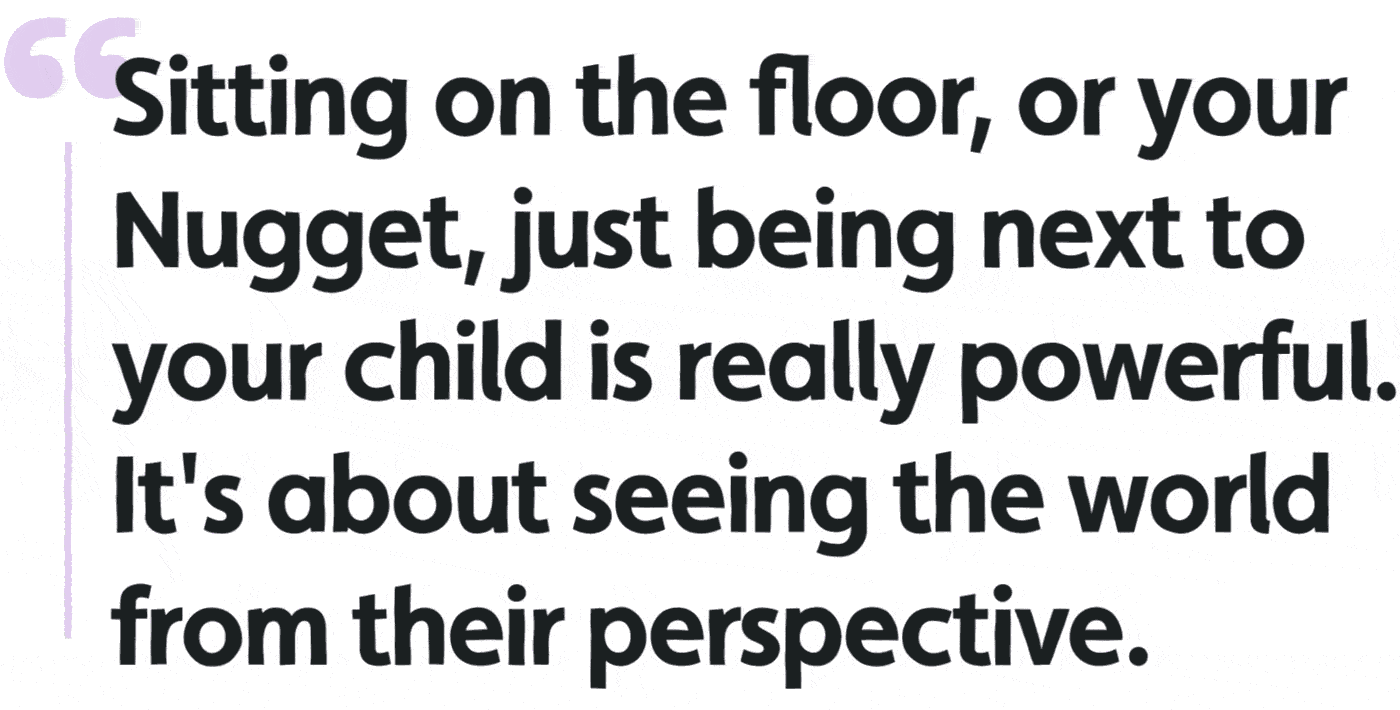
So much of what we do in life is from a grown up’s point of view. The Nugget is designed for kids, to be able to fit their needs. As parents, it’s very important for us to take in the world from the child’s perspective. That’s why sitting on the floor, or your Nugget, just sitting next to your child, is really powerful. Instead of being above them, taller and bigger, it’s about coming to where you are to see the world from your perspective.
It sounds like play is just such a window into a child’s world, from their interests to emotions. I love the simplicity and power of that idea.
Yes! What’s really important from the child mental health perspective is that play, and our empathetic relationship with our children, is how we understand what they are feeling inside. Young children have as complex emotions as adults, but they aren’t going to express it in the same way. They may show their emotions through behavior, but also in play. Playing together won’t just strengthen your relationship, but it’s also a wonderful opportunity to listen and really get a chance to understand what your child is feeling inside.

Play is about relationships. I see you, and I feel seen by you. At Little Otter, we firmly believe that parents are the experts of their children. Any parent can be great at being with their child, in an accepting and curious way, and being present. Play isn’t necessarily about the doing, it’s about the being with another person, and really making that space for that person.

